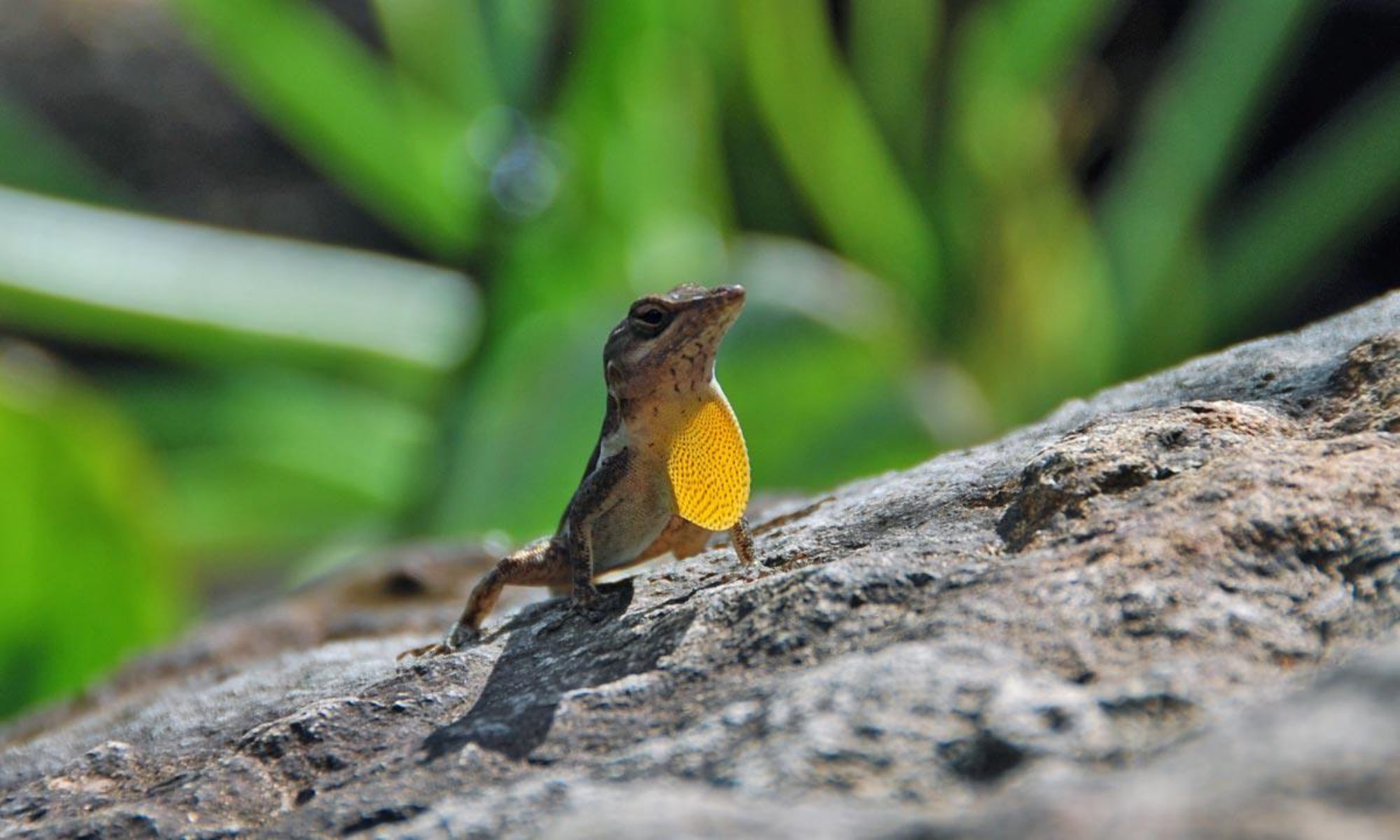Composting is the process of turning organic matter into soil. The organic matter in home composting is usually a mix of vegetable trimmings, fruit peels, garden waste, and a small amount of cardboard. In the tropics, we can compost year round, and the warm ambient temperature helps keep the process moving swiftly.
It is possible to compost a much wider range of waste in a commercial large-scale composting operation, but for now lets focus on what you can do in your home and yard.
How Compost Works – Composting 101
The primary method of composting uses microorganisms to decompose organic waste in the presence of oxygen. These microorganisms are found everywhere, and aerobic decomposition will happen with zero input from us. However, when we can aid this process by providing the right mixture of ‘browns’ (carbon), ‘greens’ (nitrogen), oxygen, and moisture to speed up the process.
Types of Composting
There are a number of ways to get started. The most efficient in a small space is a dual chamber compost tumbler. Add kitchen and garden waste to one side for one month, then let it mature for another month while adding to the other side. Spin it twice a week or so, and in two months only mango seeds, avocado pits, and eggshells are recognizable. This will heat up, but not as well as a traditional pile.
An old garbage bin – especially that one you want to discard because it leaks – will also do. Make enough holes to provide oxygen and drainage and mix occasionally. The more frequently you mix, the faster it will make compost. You can mix it with a spade, or simply lock the lid with a bungee cord and roll it around in your garden. It can get heavy, so this method will build your arms!


The Size of Your Compost Pile
How much fruit and vegetable waste does your house produce in a day? What about other waste like cardboard boxes? The 37 gallon Yimby Dual Chamber Compost Tumbler is large enough for a 3 or 4 person household which prepares most meals at home to fill in about a month, as well as handling a small amount of yard wast and cardboard. There are larger options for bigger families or bigger gardens, like the giant 88 gallon Mantis Tumbler.
What to Compost
Nitrogen Sources – aka ‘greens’:
The obvious choices are fruit and vegetable trimmings. Apple cores, herb stalks, carrot tops, , avocado peels, strawberry tops, rotting vegetables – they all go into the compost.
Sargassum, the seaweed found all over our Caribbean beaches can also be composted.
Green yard trimmings (be cautious with weed seeds and diseased plants) like grass and pruned plants.
Used coffee grounds, as well as urine (this depends on your comfort level!) are nitrogen sources.
Carbon Sources – aka ‘browns’:
You can compost tissues, small amounts of paper towel (as long as it is not soiled with fat or animal products), and ripped up cardboard.
Hair, nail trimmings, cardboard toilet paper inner tubes, eggshells, and cardboard ear buds can all break down.
Most teabags are made with a small amount of plastic. To some gardeners this isn’t an issue as they filter the compost before using it.
Dried yard trimmings like brown grass and leaves.
The Right Mix
The smaller size your input is, the faster it will break down. It is good to have a variety of shapes and sizes to help hold oxygen and heat.
One part ‘greens’ to two parts ‘browns’ by volume is a good rule of thumb. You can get more technical, but tumbling composers are quite forgiving.
The ideal mix will allow the microorganisms to thrive, and the compost will feel warm and slightly damp to touch.
Time
Keep adding to one side of the tumbler until it is full, then switch to the other side. The more organic matter you have, the hotter it can get and the faster it will break down. Tumbling daily is not necessary. Twice a week should be sufficient, unless your compost begins to smell.
In about a month, the full side should have reduced in volume by half, and become mostly dark and homogeneous. It is still too strong to apply to plants at this point. You can leave it in the composter for another month, or let it sit, exposed to the elements, to mature.
Once it is matured and mostly dry, you can sieve it to remove large items that haven’t broken down. These can be thrown back into the composter for another round. The remaining soil should be light and airy.
Troubleshooting
If the compost is dry and cold, you need to add more greens or more moisture.
If compost is dripping and smelly you need to add more dry browns.
Compost tumblers will drip – some people collect this ‘compost tea’, others put the composter on dirt so that it goes directly into the soil.

